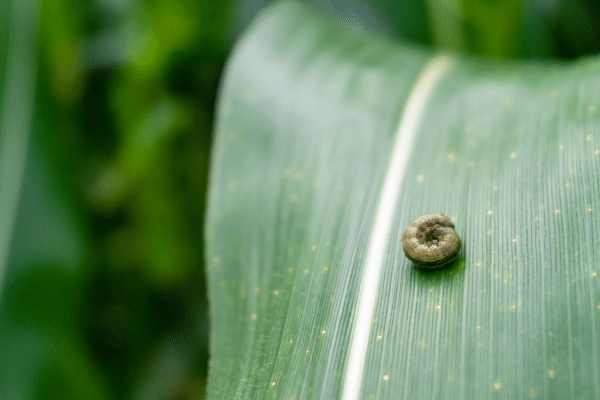As if producers were looking to fight yet another challenge this growing season… a battle-tested pest has arrived.
Fall armyworm moths hopped on a cold jet stream and rode out of the South, landing in northern states like Michigan, Iowa, and Ohio, and leaving a path of destruction behind them.
The worm: Fall armyworms are a subtropical pest, usually hangin’ out in southern states and overwintering where there’s little hard freezing. The worm is actually a caterpillar that grows in stages, reaching maturity as a moth that can lay up to 100 eggs in a single mass.
They can eat over 300 different types of plants, though northern growers are seeing pests primarily in forage fields, eating everything except the weeds.
The insects are difficult to scout, hanging on to plants at odd angles and spooking easily, dropping to the ground. And only certain insecticides kill them in early and late phases—not counting common insecticide resistance.
The destruction: Growers are reporting entire fields of alfalfa eaten clean off in a matter of days—or even hours. One grower estimated destruction to an alfalfa field totaled a loss of $6,000, as nothing but sticks were left behind. Northern growers’ armyworm learning curve and lack of insecticide availability are exacerbating the issue.
Where this goes: Cold fall weather and the eventual coming of a northern winter should kill them off. There is some risk that another egg-laying cycle, producing additional hungry larvae, will occur in September. But with any luck, they’ll stay where they belong next year.

